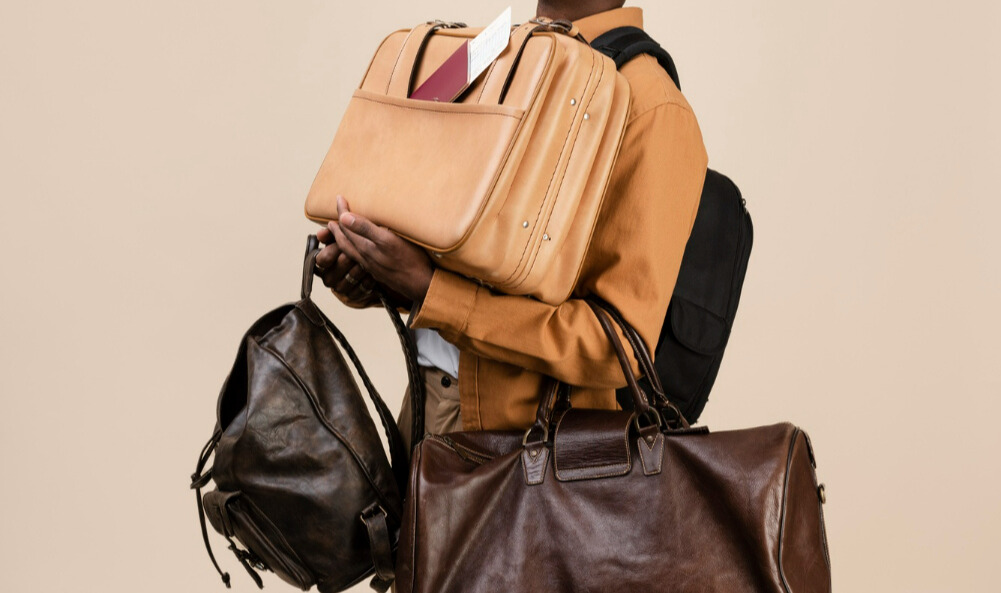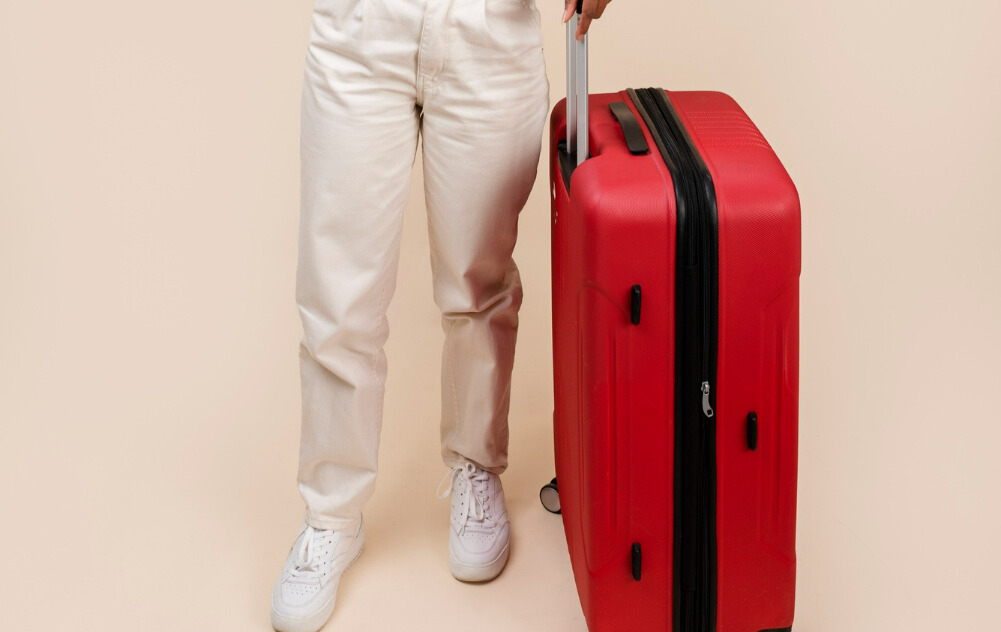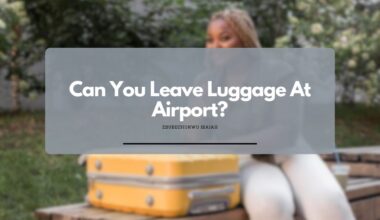As an Amazon Associate, I earn a small commission from qualifying purchases. Learn more about this.
When we’re preparing for a trip, we pack our suitcases with the essentials: clothes, toiletries, maybe a good book for the flight. We zip them up, secure them with a lock, and then off they go on the conveyor belt at the check-in desk.
But have you ever stopped to wonder if your luggage actually fly with you? You don’t want to put things in your luggage that you can’t access throughout the flight.
Does Your Luggage Fly With You and in Your Seats?
In the most literal sense, yes, it does. Your travel luggage would be flown in the same plane as you.
However, to clarify, checked luggages don’t travel in the passenger cabin with passengers, at least not in the way we might think.
It’s stored in the aircraft’s cargo hold, a separate compartment beneath the passenger area and this doesn’t stop it from getting checked.
The hold is designed to accommodate luggage, cargo, and sometimes, pets in travel containers. It’s pressurized and, depending on the aircraft might also be temperature-controlled.
However, there’s a category of luggage that does share the cabin with us: carry-on bags.

These are typically smaller bags or suitcases that meet airlines’ size restrictions and are stored in overhead bins or under the seat in front of you.
This allows passengers to access necessary items during the flight, like books, headphones, or medication.
Related: How to drop off luggage at Airport
Difference Between Carry on Luggage and Checked Luggage
| Carry-On Luggage | Checked Luggage | |
|---|---|---|
| Location | In the cabin with the passenger. Stored in overhead compartments or under the seat in front. | Stored in the airplane’s cargo hold. |
| Size | Smaller, must fit airline’s size restrictions to fit in overhead bins or under the seat. | Can be larger, size limits vary by airline. |
| Weight | Lighter, often under a specific weight limit set by the airline. | Heavier, but still subject to weight limits and potential excess baggage fees. |
| Accessibility | Accessible throughout the flight. | Not accessible until landing and retrieved at baggage claim. |
| Content | Ideal for valuables, important documents, medications, and in-flight necessities. | Best for larger items, clothes, and things not needed until reaching the destination. |
When we prepare for a flight, one of the first things we consider is what type of luggage we need to bring – carry-on, checked, or both.
But what distinguishes these two types of luggage?
Carry-on luggage, as the name suggests, is luggage you’re allowed to carry onto the plane with you.
The size of carry-on bags is strictly regulated by airlines to ensure they fit into the overhead compartments or under the seat in front of you.
This luggage is never out of your sight, and it’s the best place to keep valuables, important documents, medications, and anything else you might need during the flight.
On the other hand, checked luggage refers to the larger suitcases or bags that, once checked in, are out of your hands until you reach your destination.

These bags are stored in the aircraft’s cargo hold during the flight. The allowable weight and size of checked bags vary by airline, with additional fees often levied for exceeding these limits.
The key difference between the two revolves around accessibility and size.
Carry-on bags are accessible throughout the flight, but they’re limited in size to ensure they fit in the cabin without taking up too much space.
Checked bags can be much larger, allowing you to pack more, but once they’re checked, they’re not accessible until you’ve landed and retrieved them from the baggage claim.
Here’s a recommended video on this:
Some Common Restrictions For Checked and Carry on Luggage
1. Carry On Luggage
Size and weight restrictions are significant for carry-on luggages, as these bags need to fit into overhead compartments or under the seat in front of you.
The standard dimensions allowed by many airlines are 22 x 14 x 9 inches, including handles and wheels, but always verify with your airline. Also, keep in mind that there’s often a weight limit.
One major restriction for carry-on luggage is the prohibition of liquids over 3.4 ounces or 100 milliliters.
This rule, known as the 3-1-1 rule for liquids, requires all liquids, gels, aerosols, creams, and pastes to be in containers of 3.4 ounces (100 ml) or less, and they all must fit in a one-quart-sized clear, zip-top bag.
2. Checked Luggage
Checked bags typically have more generous size and weight limits, but they’re still subject to restrictions, especially if you want to avoid excess baggage fees.
For many airlines, the standard maximum size is 62 linear inches (length + width + height), and the weight limit is usually 50 pounds, but these limits can vary.
There are also restrictions on what items can be in checked luggage.
Many hazardous materials, like certain types of batteries, explosives, flammable liquids, or gases, are prohibited. Surprisingly, some common items like electronic cigarettes and spare lithium batteries must be in carry-on, not checked bags.
Conclusion
While your checked luggage does fly with you on the same plane, it’s not exactly seated with you. On the other hand, your carry-on bag gets to share the same cabin, experiencing the flight just like you do – minus the in-flight snacks and movies, of course.







